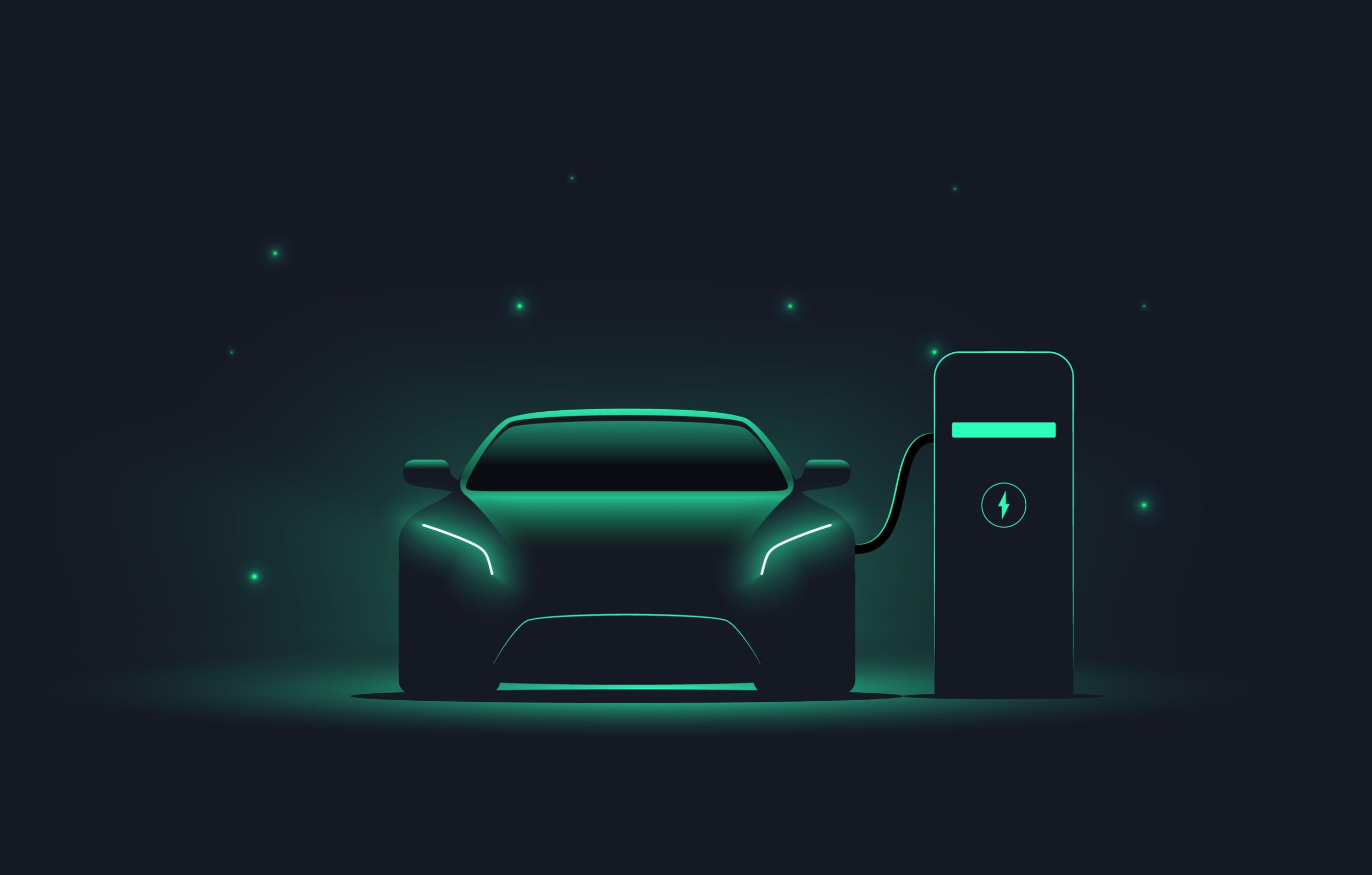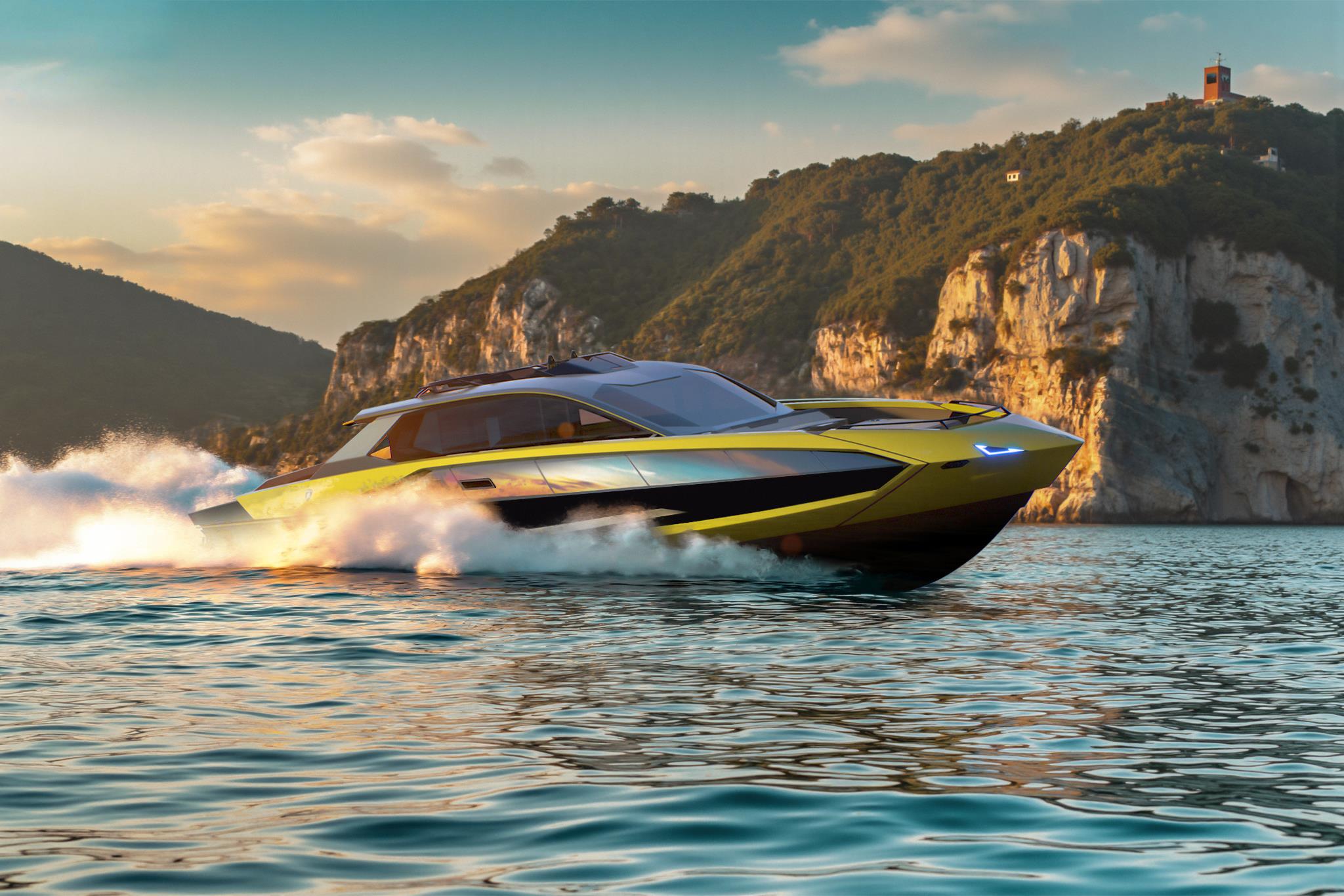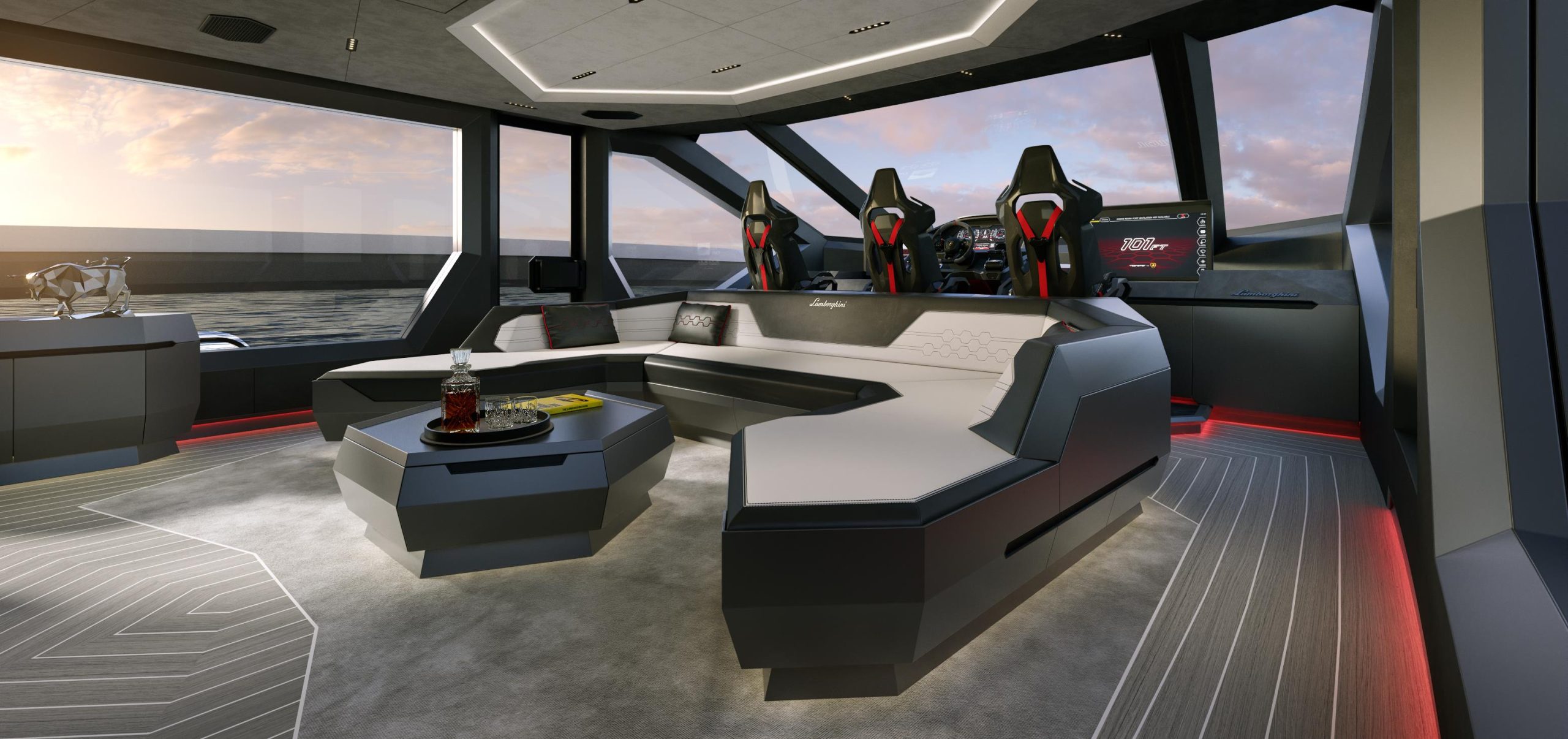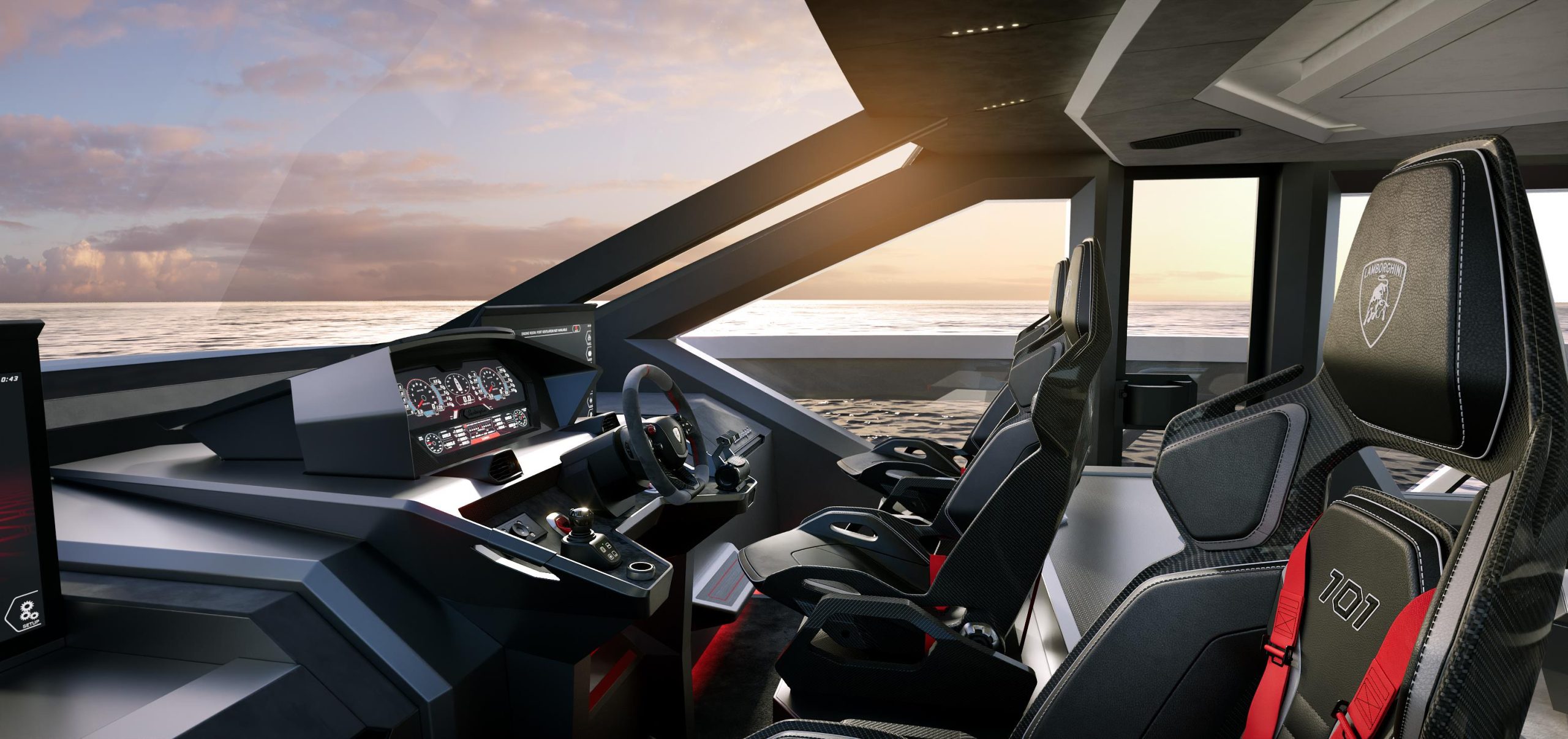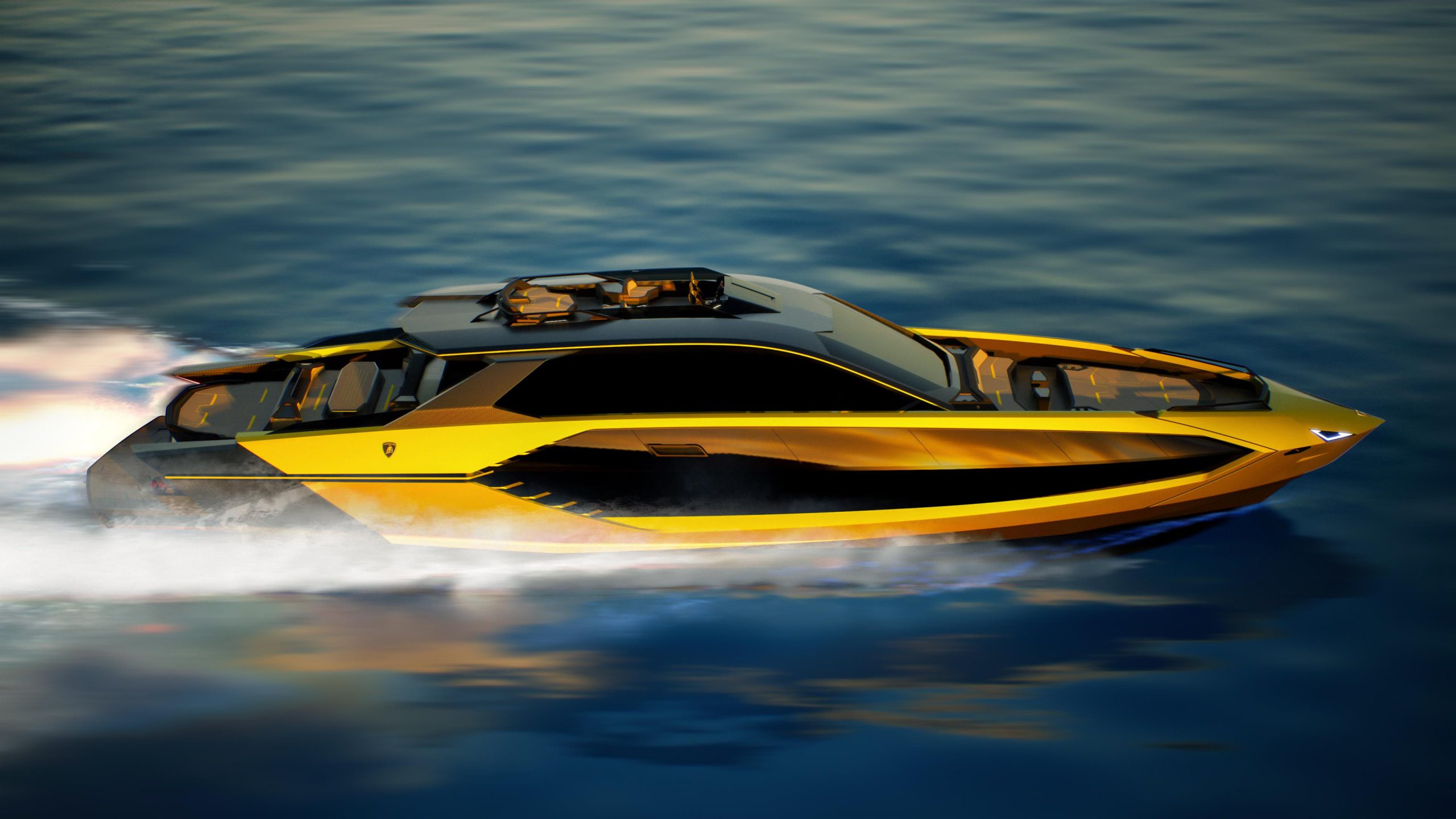Hybrid v Electric: what you need to know in 2025
With the electric vehicle revolution upon us, here’s everything you need to know about owning a battery-electric or hybrid vehicle.
You don’t have to be an automotive expert to know that the future of the automotive industry at large is going to be heavily reliant on battery-electric power – “electrification” is the new buzz word in town. But while car manufactures look to transition to this exciting new electric future, there are still a few key factors to consider when entertaining the EV conversation.
The biggest debate in the car industry right now is the hybrid v electric discussion: which to consider in 2024? Is one option better than the other? For the uninitiated, sales of hybrid cars, including hybrid and plug-in hybrid (PHEV) vehicles, remain the obvious choice for consumers in Australia, with new sale records reached in 2023. Data published by the Federal Chamber of Automotive Industries (FCAI) reported that 98,439 hybrid and 11,212 plug-in hybrid were sold in Australia in 2023, up 88.8 per cent from the previous year. Sales of fully-electric vehicles, on the other hand, also saw massive growth, with a total of 87,217 vehicles sold in 2023. Out of the three main types of ‘electrified’ vehicles in Australia—hybrid, plug-in hybrid and electric—plug-in hybrid (PHEV) vehicles were the least popular.
According to Jeff Mannering, Audi Australia CEO, it’s one of the most exciting times to be a part of the automotive industry.
“Australia is undoubtedly in the midst of a significant transition towards electric mobility. Whilst the journey to a fully electric industry is ongoing and advancing at a rapid rate, we’re lucky to be in a unique situation whereby we are seeing technological advancements in both hybrid and fully electric platforms,” explains Mannering.
“At Audi, we see this transition as a multifaceted evolution, with both hybrid and electric vehicles playing pivotal roles in shaping the future of sustainable transportation.”
In the luxury sector, Audi is making waves with its offerings, seeing the demand for its electric models hit an all-time high in 2023, delivering more than 178,000 fully electric vehicles to customers globally, with particularly strong demand for the Q4 e-tron, Audi’s compact electric SUV offering.
So, with all the buzz around electric vehicles, are consumer’s ready to take the plunge into the world of electrification? Mannering seems to think so, but a number of considerations still need to be factored in.
“Consumer readiness varies based on numerous factors, just a few of those being accessibility, infrastructure, and individual preferences. However, if sales figures and sentiment are anything to go off, we’ve seen a growing interest in, and uptake of, both hybrid and electric vehicles,” says Mannering.
“This increased demand results in the introduction of a number of new models and choice for Australian consumers, with more and more electric vehicles arriving on each incoming ship. It’s crucial to acknowledge that consumers are increasingly considering these options as viable alternatives, especially with the expanding availability of charging infrastructure and the advancement of battery technology.”
If you’re entertaining a new vehicle and want to make it electric, here’s some things you might want to know beforehand…

—
What is an electric vehicle?
An electric vehicle—or ‘EV’— is powered by electricity and uses one (or more) electric motors powered by a battery pack to accelerate and drive, as opposed to traditional fossil fuels like petrol or diesel. Depending on the type of EV, the electric motor(s) either assist a conventional internal combustion engine (ICE) or power the car completely.
What are the different types of electric vehicles?
In the grand conversation of electrified vehicles, there’s three main types to consider: battery electric vehicles (BEV), hybrid electric vehicles (HEV), and plug-in hybrid vehicles (PHEV).
Are hybrids better than electric?
It depends on your individual needs, and as Mannering mentioned, on various factors such as accessibility, infrastructure, and individual preferences. While both hybrid and electric vehicles respectively present as great alternatives to your traditional combustion engine, factors need to be assessed, including driving habits, distance and range, access to charging infrastructure, and budget constraints. However, considering that 110,000 new car sales in Australia in 2023 were hybrid or plug-in hybrid—compared to 87,000 electric vehicles—it’s obvious hybrid vehicles present as a viable solution for those seeking to steer away from traditional cars, but might not be ready to plunge fully into the electric world.
“Hybrids offer a transitional solution for those who may not yet have access to extensive charging infrastructure or require longer driving ranges,” adds Mannering.
What is the downside of a hybrid car?
As we’ve made clear by now, hybrid cars offer several advantages, such as improved fuel efficiency and reduced emissions compared to traditional petrol-powered vehicles. However, there are some trade offs, like:
- Cost: currently, hybrid models are associated with more complex systems across controls and batteries. While they incorporate both an internal combustion engine and electric motor, such complexity can often result in higher manufacturing costs (and potentially maintenance costs, too).
- Not fully electric: As most hybrid vehicles typically have a limited range of electric-only propulsion before the combustion engine kicks in, the environmental benefits of using electric power and somewhat limited, both short-term and long-term.
- Charging Infrastructure: As hybrid cars do not require charging from an external power source—unlike plug-in hybrid vehicles or fully electric vehicles—owners won’t be able to take advantage of the growing infrastructure of charging stations around the country.
Should I choose electric or hybrid car?
Again, it depends on your particular needs and circumstances. Currently, hybrid vehicles offer improved fuel efficiency without the range limitations of electric vehicles—you won’t need to rely on finding or planning for a recharge station on your next trip—but electric vehicles will, sooner or later, be the most prominent form of automotive transportation.
“On the other hand, electric vehicles represent the pinnacle of sustainable mobility and a high level of uncompromised performance, offering zero-emission driving with advanced battery technology and an ever-expanding charging network,” concludes Mannering.
Is charging an electric vehicle easy?
Easy enough! In fact, EV charging can be as easy as plugging in your phone to charge. However, you need to ensure there is a suitable charging station available. While a lot of car manufactures will offer you a charging station to install at home with your purchase, such as Tesla and Polestar, in recent years, there has been wide concern over the scarcity of electric charging infrastructure in Australia.
Typically, you will find electric charging stations at different public locations, like supermarkets, public carparks, highway service centres, and some accommodation venues. However, with the growing number of EV sales in Australia alone, the system needs stronger charging infrastructure that is robust and reliable—and readily available— and this will come down to a number of industry stakeholders and government bodies coming together to supply the demand.
A divide has opened in the tech job market between those with artificial-intelligence skills and everyone else.
A 30-metre masterpiece unveiled in Monaco brings Lamborghini’s supercar drama to the high seas, powered by 7,600 horsepower and unmistakable Italian design.
A 30-metre masterpiece unveiled in Monaco brings Lamborghini’s supercar drama to the high seas, powered by 7,600 horsepower and unmistakable Italian design.
When Lamborghini takes to the water, subtlety isn’t on the agenda. Unveiled at the Monaco Yacht Show, the Tecnomar for Lamborghini 101FT is a 30-metre superyacht that fuses Italian automotive theatre with cutting-edge naval engineering.
The model builds on the collaboration that began in 2020 with the Tecnomar for Lamborghini 63, a sell-out success that celebrated the marque’s founding year.
This new flagship pushes the partnership between Automobili Lamborghini and The Italian Sea Group to a grander scale, designed to deliver the same adrenaline rush at sea that drivers expect behind the wheel.
“The Tecnomar for Lamborghini 101FT redefines the concept of nautical luxury,” said Stephan Winkelmann, Chairman and CEO of Automobili Lamborghini.
“It is not only a yacht, but an affirmation of Italian excellence. The Italian Sea Group and Automobili Lamborghini share an exclusive clientele who are passionate about beauty, technology, and extreme performance.”
Design cues are unmistakably Lamborghini. The yacht’s sharp exterior lines echo the Fenomeno supercar revealed at Monterey Car Week, complete with Giallo Crius launch livery and signature Y-shaped lighting.
Inside, the cockpit and lounges mirror the DNA of Sant’Agata supercars through hexagonal motifs, sculptural seating and dramatic contrasts. With accommodation for up to nine guests and three crew cabins, indulgence meets practicality on every deck.
Performance is equally uncompromising. Three MTU 16V 2000 M96L engines and triple surface propellers generate a combined 7,600 horsepower, driving the yacht to 45 knots at full throttle, with a cruising speed of 35 knots. Two 35 kW generators provide additional efficiency and reliability, ensuring the yacht’s power matches its presence.
Mitja Borkert, Lamborghini’s Design Director, said: “With the Tecnomar for Lamborghini 101FT, we aimed to create a product that embodies the main design characteristics of our super sports cars. All the details, from the exterior to the colour, to the interior areas, recall and are inspired by Lamborghini’s DNA.”
Presented in scale at Monaco, the definitive Tecnomar for Lamborghini 101FT is scheduled to hit the water at the end of 2027. For those who demand their indulgence measured not only in metres but in knots, this is Lamborghini’s most extravagant expression yet.
When the Writers Festival was called off and the skies refused to clear, one weekend away turned into a rare lesson in slowing down, ice baths included.
Micro-needling promises glow and firmness, but timing can make all the difference.









